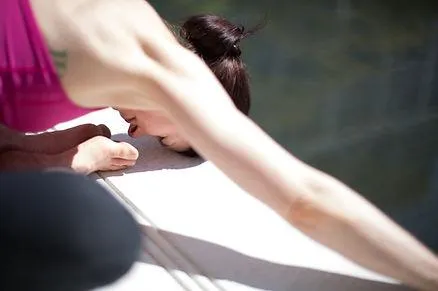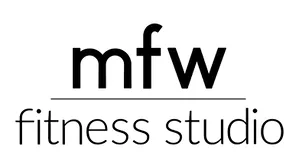Trial Our Group Classes
Start today. New clients only.

How to foam roll properly
Let’s imagine you are a runner, and you are getting tightness in your calf and Achilles, which is the muscle and tendon at the bottom of the leg attaching to your heel. Stretching just doesn’t cut it, and you can’t get rid of the nagging tightness.
Last week you even tried getting a massage, but even though it helped, two days later the tightness was still there. This means you are probably a good candidate to try some rolling, or maybe you have tried it before?
If you have ever tried using a foam roller on sore, tired legs, can I say that I share your pain!! You’ve probably seen people at the gym getting into all sorts of weird and wonderful positions on their roller. But the question remains, does it actually work? We get patients telling us all the time they do it, but aren’t really sure if it is helping. So today we will tell you how to make that roller work pay off, and how to get that release you have been searching for.
The secret sauce to foam rolling is firstly understanding the body and how it works. When our muscles and ligaments become strained, they tend to become dehydrated. This dehydration makes can lead to stiffness, knots, limitations in movement and pain.
So when we roll we are actually helping to change the water content in the tissues, and helping to rehydrate them. But some recent research by Shleip and his team has found that you can dramatically improve this process by adding one small step BEFORE you roll, as we point out below out in the following.
[endif]--Step 1.
Before you roll, you need to load the elastic elements of the muscles and ligaments to help the hydration process. This means you need to perform short, sharp bouncing movements to change how the tissue reacts.
For a sore Achilles example - Stand on the edge of a step, and let your heels quickly (but controlled) bounce up and down in short, sharp movements. Do this for 45 seconds.
Step 2.
Immediately start your rolling after the bouncing. Lay the roller down and cross your legs. Press your Achilles down into the roller and use a strong slow up and down method to apply pressure. Do this for 45 seconds, finding tender spots. If you find a particularly tender spot, hold for 5 seconds, then continue rolling.
Repeat!
Monitor your pain and tightness. This protocol can be performed every second day if your symptoms are not getting worse. Do this in conjunction with a good strengthening and stretching program, and you will start to love your roller again.
About the author
Chris Jellis is a sports physiotherapist, has worked in elite sport for the past 10 years, and is one of the directors of the Sum Of Us studio. Sum of Us is a health and wellness studio in Prahran that combines the science of modern physiotherapy and health care, with the beauty and asthetics of a luxurious, nourishing environment.
MFW has proudly collaborated with Sum of Us to give their girls extra support with current injuries and injury prevention.
For more information go to www.sumofusstudio.com.au
References for above article:
Journal of Bodywork and Movement Therapies, 2012
Training principles for fascial connective tissues: scientific foundation and suggested practical applications.
Schleip R1, Müller DG.


Opening Hours
Mon - Thur 6:00am - 9:00pm
Fri 6:00am - 12:00pm
Sat 6:00am - 12:00pm
Sun 7:00am - 12:00pm



